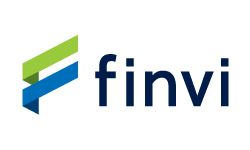Source: site

How the 50-Year Mortgage Works
A 50-year mortgage would stretch monthly payments over five decades, resulting in smaller payments each month compared to shorter loan terms. For example, a $300,000 home with a 5% interest rate and a 5% down payment would cost about $1,294 per month with a 50-year fixed mortgage, compared to $1,530 per month for a 30-year fixed, and $2,254 per month for a 15-year fixed loan. However, buyers would pay substantially more in total interest over the life of the loan.
Regulatory and Market Challenges
Currently, U.S. housing regulations—specifically those enacted after the 2008 financial crisis—cap standard mortgage terms at 30 years, meaning new legislation would be required to make 50-year mortgages widely available. There is bipartisan interest in improving housing affordability, but resistance exists, especially among lawmakers concerned that longer loans will benefit banks and builders more than buyers, potentially trapping people in debt for life.
Potential Impacts and Risks
While the proposal could improve access to homeownership by lowering monthly costs, many experts warn that borrowers will end up paying dramatically more interest overall. Additionally, easier access to financing could drive up home prices, further exacerbating affordability issues for future buyers. Critics also note that slower equity building and higher cumulative debt could deter long-term financial stability for homeowners.




